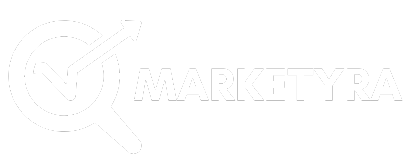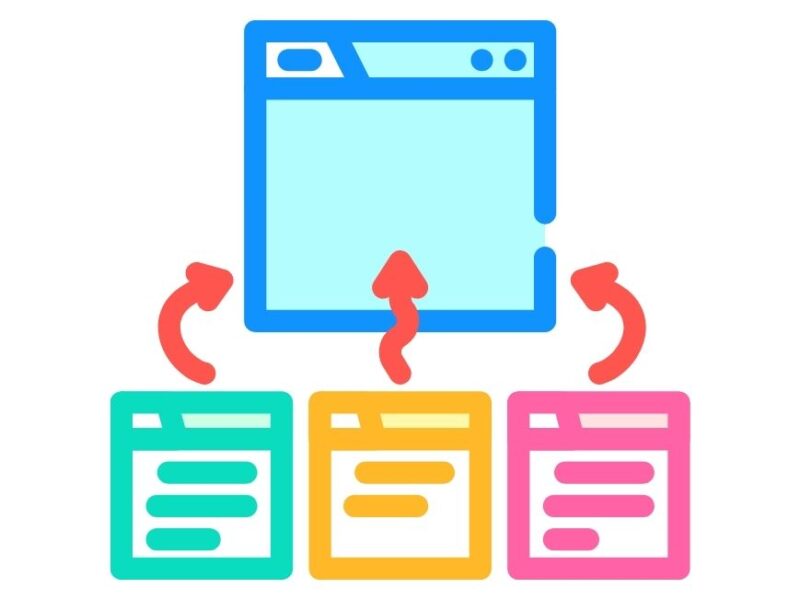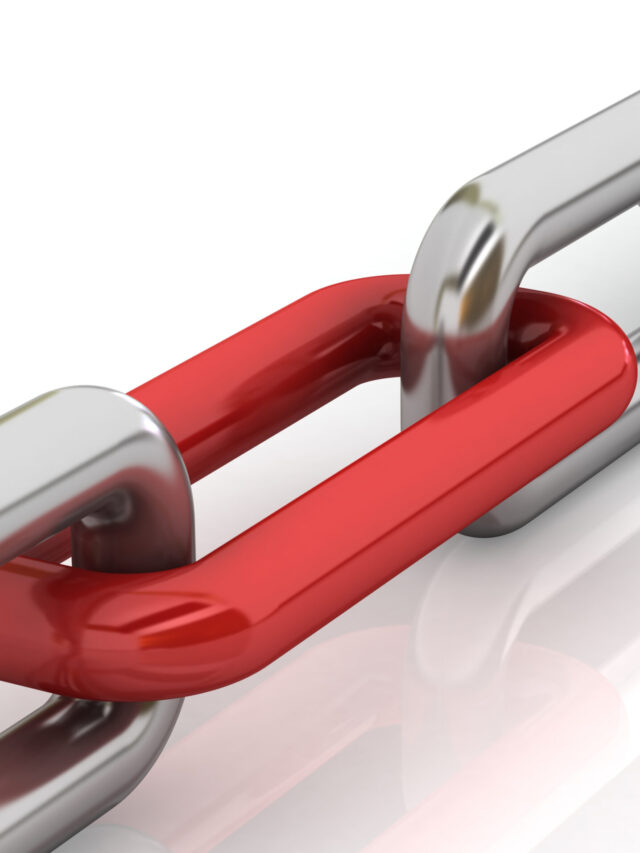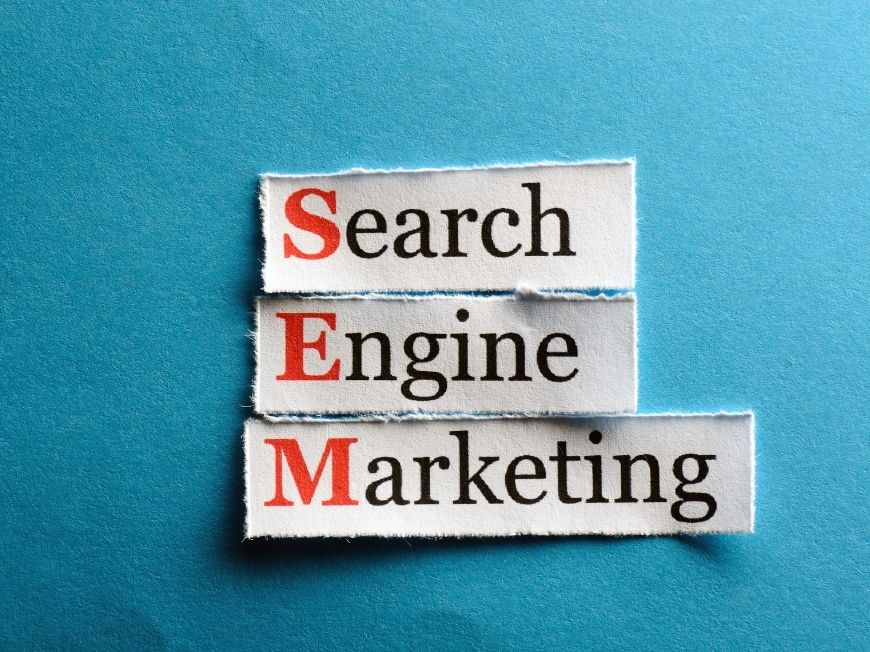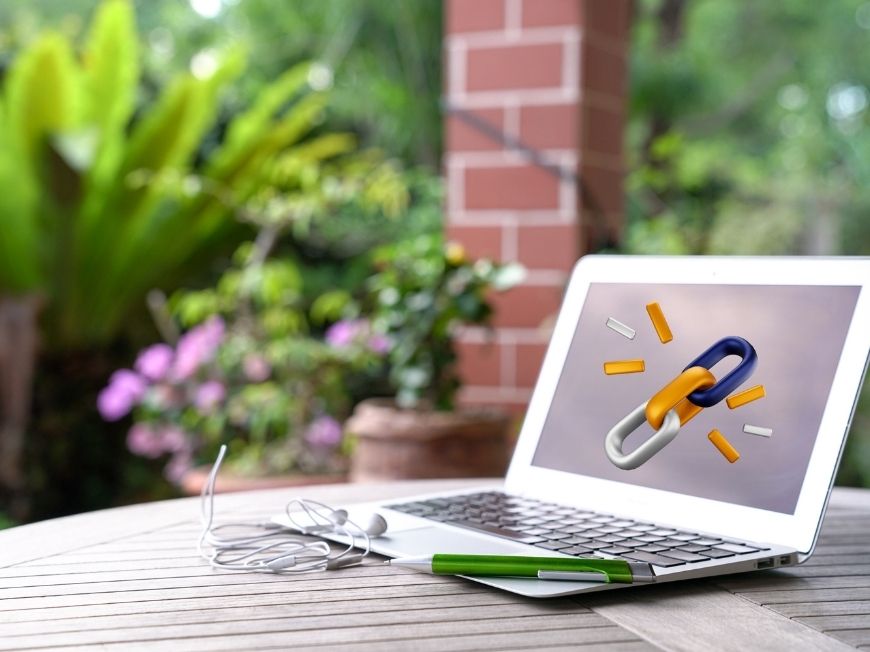On this page you will read detailed information about Canonical Tag.
In the ever-evolving landscape of digital marketing, understanding the intricacies of search engine optimization (SEO) is crucial for maintaining a competitive edge. One of the often-overlooked yet vital elements in this domain is the canonical tag. As a digital strategist or website owner, you must comprehend what a canonical tag is and why it holds substantial importance for SEO. This article will delve into the fundamentals of canonical tags, illustrating how they help prevent duplicate content issues and ensure your website’s content hierarchy is properly recognized by search engines, ultimately optimizing your site’s search visibility and ranking potential.
Understanding the Canonical Tag: What Is It?
Defining the Canonical Tag
A canonical tag, sometimes referred to as “rel=canonical,” is an HTML element embedded within a webpage’s head section. It serves as a pivotal tool in optimizing search engine results by designating the primary or “canonical” version of a webpage when duplicate or closely similar content is hosted on multiple URLs. This ensures that search engines consolidate indexing and ranking signals to the intended page, preserving its visibility and relevance in search results. By implementing the canonical tag, you essentially instruct search engines to prioritize the original page, resolving potential conflicts caused by duplicate content and enhancing the page’s SEO value as outlined by Moz.
Implementing the Canonical Tag
The inclusion of a canonical tag is straightforward, involving the insertion of the <link rel="canonical" href="[URL]" /> snippet in the HTML head section of your webpage. Several website platforms, such as WordPress and Shopify, allow for an automated setup of canonical tags, simplifying the process for webmasters. It is crucial to ensure that only one canonical tag appears per page for clarity. Likewise, the URL designated as the canonical must remain accessible to search engines, free from robots.txt blocking or noindex directives, thus guaranteeing its correct functionality.
Avoiding Common Pitfalls
Despite its utility, errors in canonical tag implementation can undermine SEO efforts significantly. Mistakes to avoid include placing multiple canonical tags on one page, inadvertently creating canonical loops, or linking to a non-existent page, all of which can mislead search engines. It’s also essential to audit these tags regularly to mitigate such issues, particularly when dealing with dynamic content or large websites with complex structures. Utilizing tools for periodic audits ensures adherence to best practices, thereby maintaining robust SEO performance as detailed by Mangools.
The Role of Canonical Tags in SEO
Understanding Canonical Tags
Canonical tags are crucial to effective SEO strategies. These HTML elements signal to search engines which version of a webpage is the preferred or “canonical” version, particularly when duplicate content exists across multiple URLs. Such duplication can confuse search engines about which page to index or rank, potentially undermining your SEO efforts. By consolidating PageRank and link equity to a single canonical page, you improve visibility and ensure that search engines index the correct content. This consolidation enhances crawling efficiency and alleviates the risks associated with duplicate content penalties.
Implementing Canonical Tags Effectively
Correct implementation of canonical tags is pivotal. They are typically included in the <head> section of your webpage or managed via an SEO plugin. Self-referential canonical tags, which point a page back to itself, are advisable even in the absence of known duplicates, reaffirming the preferred URL. Best practices recommend using absolute, lowercase URLs for these tags and ensuring that URLs do not lead to 404 errors. Cross-domain canonicalization can also be useful, notably when content is syndicated across various sites. Being meticulous in these implementations prevents issues like canonical loops or conflicting signals, which could otherwise confuse search engines.
Strategic Advantages for SEO
Beyond preventing duplicate content issues, canonical tags confer several strategic advantages. They facilitate the ranking process by channeling ranking signals to the primary content, meeting search engine criteria for quality content indexation. Moreover, they are instrumental in managing syndicated content, thus preserving the integrity of the original source. Common scenarios needing canonicalization include varying site versions (HTTP vs. HTTPS) and multiple session ID reflections. Correct use of canonical tags is an essential component of your SEO toolkit, reinforcing the prominence and relevance of your preferred web pages in search engine results.
How to Implement Canonical Tags Effectively
Identify Duplicate Content
To harness the power of a canonical tag, you first need to identify areas of your website where duplicate content exists. Duplicate content can be challenging as it confuses search engines, potentially diluting the SEO value of your pages. Begin by auditing your site to locate pages with similar or identical content. Tools such as Google Analytics and Google Search Console can be instrumental in flagging issues that signal the need for canonicalization. By pinpointing these duplicates, you can move forward with implementing effective canonical tags as outlined by Moz.
Choose the Right Canonical URL
Once you’ve pinpointed duplicate content, the next step is selecting the preferred URL version. This chosen URL will serve as the consolidated point of value for all traffic and SEO weight. Choose the URL based on robust inbound links, keyword rankings, and authoritative status. Ensure this canonical URL accurately reflects the main version of your content, thus defining it as the “master version” according to SurferSEO. Ensuring proper selection is vital to goals like retaining ranking enhancements and bolstering search engine results page (SERP) visibility.
Implement Canonical Tags Properly
After identifying duplicates and selecting your preferred URL, the canonical tag must be implemented in the HTML head section of the duplicate pages. Place a rel=”canonical” tag within the <head> tag, pointing to the chosen canonical URL. This method signals to search engines which page should be indexed, helping consolidate your ranking signals as described by Google Developers. Additionally, ensure the use of absolute URLs, consistent domain protocol, and avoid directives that could conflict with the canonical tag to prevent sending mixed signals.
Common Mistakes with Canonical Tags and How to Avoid Them
Misapplying Canonical Tags to Dissimilar Content
A frequent mistake made with canonical tags is using them to indicate a master version for pages that aren’t alike in content. Canonical tags are intended to consolidate duplicate or near-duplicate content, not for pages that are thematically similar but structurally different. Search engines may ignore canonical tags if they point to dissimilar content, undermining your SEO efforts as discussed on Botify. To avoid this, ensure the canonical and non-canonical pages share a significant portion of their content.
Overlooking Self-Referencing Canonical Tags
Implementing self-referencing canonical tags might seem redundant, yet it’s crucial for maintaining consistency. Each page should address itself as the canonical URL, even if it’s undeniably unique. This practice helps manage duplicate content and maintain link equity. According to Lumar’s guidelines, using absolute URLs consistently in self-referencing canonical tags and correctly linking to your target version of the page can fortify your site’s structure in the eyes of search engines.
Incorrect Placement and Format
Placing a canonical tag incorrectly can render it ineffective. Ensuring it’s in the <head> and not the <body> of the HTML is vital as noted by Google. Additionally, relative URLs should be avoided. Always use absolute URLs to avoid misinterpretation by search engines. Inconsistencies in URL formatting across your website can send mixed signals. Regularly check for these issues to maintain optimal SEO performance.
Ignoring Canonical Versions in Internal Linking
Internal links that contradict the declared canonical version can dilute signal strength. Ensuring all internal links point to the canonical URL helps consolidate link equity, strengthening the page’s visibility in search results. Sistrix’s advice includes using canonical tags consistently with internal links to unify your site’s linking structure.
By focusing on avoiding these common canonical tag errors, you can effectively streamline your site’s SEO, promoting clearer signals to search engines and ensuring valuable content is properly indexed.
In the previous post, we had shared information about Exploring Technical SEO: Enhancing Your Site’s Performance, so read that post also.
The Future of Canonical Tags in SEO Strategy
Technological Advancements and Canonical Tags
As search engine technology evolves, the role of canonical tags in SEO strategies is poised to become more nuanced and sophisticated. Major search engines like Google regularly update their algorithms, continuously refining how they interpret canonicalization. Although these engines have grown more adept at processing duplicate content independently, canonical tags still provide essential guidance. With the rise of artificial intelligence and machine learning, search engines are expected to further advance in parsing data from canonical tags and understanding webpage hierarchies more effectively. Thus, despite technological advancements, the need for canonical tags remains crucial for guiding search engines in properly indexing the preferred version of a webpage and consolidating link signals.
Canonical Tags and Content Management Systems
Moving forward, improvements in Content Management Systems (CMS) are anticipated to simplify the implementation of canonical tags, making them more accessible to webmasters and SEO professionals. Enhanced CMS features will potentially allow for more streamlined deployment of these tags, reducing the margin for error often encountered in manual implementations. This ease of use will be particularly beneficial for organizations with extensive digital content, enabling more efficient SEO practices. Consequently, leveraging optimized CMS tools can ensure that canonical tags effectively convey the intended master copy of similar or duplicate content across platforms.
Adapting to User Behavior Changes
As user behaviors continue to shift—driven by the increasing prevalence of mobile devices and the popularity of voice search—canonical tags must be adeptly integrated into SEO strategies to maintain relevancy and accessibility. The distinct browsing habits associated with these modern technologies require that websites are optimized for different search methods, ensuring the best-suited version of content is available to users. Canonical tags are integral in optimizing content for mobile-first indexing and voice search, assisting search engines in identifying which webpage version to serve in varying contexts. Ultimately, staying abreast of these user behavior trends will empower businesses to maintain effective SEO strategies in the rapidly evolving digital landscape.
Conclusion
In the ever-evolving landscape of SEO, understanding and implementing canonical tags is crucial. By distinguishing between original content and duplicates, you play a significant role in enhancing your website’s visibility and credibility. This strategic use of canonical tags not only streamlines your site’s ranking potential but also ensures a more efficient crawl process by search engines. As you continue to refine your SEO strategies, remember that the canonical tag is more than just a technical detail; it is a powerful tool in shaping your site’s digital narrative and sustaining its relevance amid the vast expanse of the internet.
Disclaimer
The content published on the Marketyra blog is for educational and informational purposes only. While we strive to share accurate and up-to-date digital marketing tips, strategies, and trends, we do not guarantee any specific results. Readers are advised to use their own judgment before applying any tips or advice provided. Marketyra is not liable for any losses, damages, or issues arising from the use of blog content.
So friends, today we talked about Canonical Tag, hope you liked our post.
If you liked the information about Canonical Tag, then definitely share this article with your friends.
👉 Need help with SEO or digital marketing services?
Feel free to call us at 📞 +91-9306925861, email us at 📧 admin@marketyra.com to get in touch!
